Roughly diamond-shaped, Angmassalik island, off the coast of Eastern Greenland, is 40 km long and 30 km wide. It’s a mountainous island of granite polished by ice, with many small valleys modelled by glacial erosion. Only the tops of the mountains are often sharp. Obviously, in the past, they were Nunataq: this Inuit term refers to a mountain peak that rises from the ice sheet—and even to an evil person.
The sea that separates Angmassalik Island from the mainland creeps in the form of fjords of various sizes. By sailing with a small boat, it takes a whole day to make the tour of the island. First, you venture to the edges of the Polar Stream, then into the Sermilik fjord, a sort of river of iceberg, and then, through iceberg-free fjords until you get back to Tasiilaq.
Ikateq, population one
It’s cold. On the sea, there is a constant chill wind. The water has a temperature close to zero Celsius and icebergs are everywhere. You need warm and windproof clothes to avoid frostbite. And, above all, avoid by any means splashing in the water!
We are at the mouth of the Sermilik. A fjord over a hundred miles long with an average width of about ten kilometres. It receives ice from 12 glaciers in the area. As you get closer to the bottom, the fjord gets narrower and the water is full of icebergs of every size. But this will happen later. We are at the mouth of the fjord and between the mist, we see a wooden dock. We are in Ikateq!
Ikateq’s official population is one.
But we can’t see anybody walking the path carved in the granite. Nobody was in the wooden houses, the church, the school, or the deposits.
Ikateq is a ghost town, completely uninhabited.
A ghost village
In the years of its greatest development, Ikateq’s population rose to 70. Not bad for the almost uninhabited Greenland which has a total population of 56.000, less than the town where I live, with a density of 0,026 per sq. km); they were mostly hunters, sometimes with their families.
When hunting was largely banned and regulated by the Danish government, they lost every source of livelihood and moved to Tasiilaq in search of state subsidies and cheap alcohol. In Ikateq, only women and the elderlies remained. Then, gradually, the women reached their men in Tasiilaq, and only the elderlies remained, who slowly died.
The last one passed over in 2005, and since then, the village has been uninhabited even though the official population is still 1. Probably, the last resident hasn’t found a way to opt out of the population registers.
We climb the hill. On top, there are a few wooden buildings, a warehouse, a large structure for drying fish and a church with a classroom.
Everything looks as if the town is still inhabited. In the church, the organ still has music sheets on the lectern. In the classroom, there are books on the table and chalk close to the blackboard. An old-fashioned map with shapes and names of countries that no longer exist hangs from the wall.
The houses around have windows with clean glass. You can look inside and see the decor, coats on the hangers, dishes, and lamps. Outside there are wooden sledges and kennels for dogs, storage sheds for tools and spare parts for boats.
But nobody is around.
The real story
As if time had crystallized because of the cold. As if people were all suddenly gone and the town hadn’t gone through a long period of decay. Or as if someone comes to clean every week. Luckily during the arctic summer, the is no night because I would have been afraid of the ghosts that surely wander through these houses!
But there is no mystery of course. In winter, when the inland waters freeze you can get here with sledges. Ikateq is still used as an outpost and a shelter by the hunters who come from other villages in the district.
The harsh climate, the lack of dust and the absolute lack of damage caused by other people help to keep the appearance of a town whose inhabitants are all gone somewhere for an urgent task and will come back later.
Did you like it? For more beautiful photos and travel stories, just use the menu above and browse the site. Do you know that you can send any of my images as an e-card?
Just choose your favourite image, press the e-card- button down on the right and that’s it, the pic is ready to be sent to your loved ones! Just give it a try, it’s fun and it’s free!
Would you also like to read all my upcoming travel stories? Just click here and subscribe to my newsletter.
I will mail you only when I release a new article. Your information is 100% safe and never shared with anyone






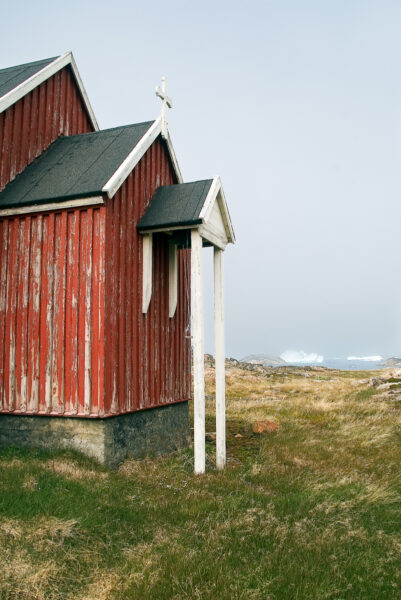



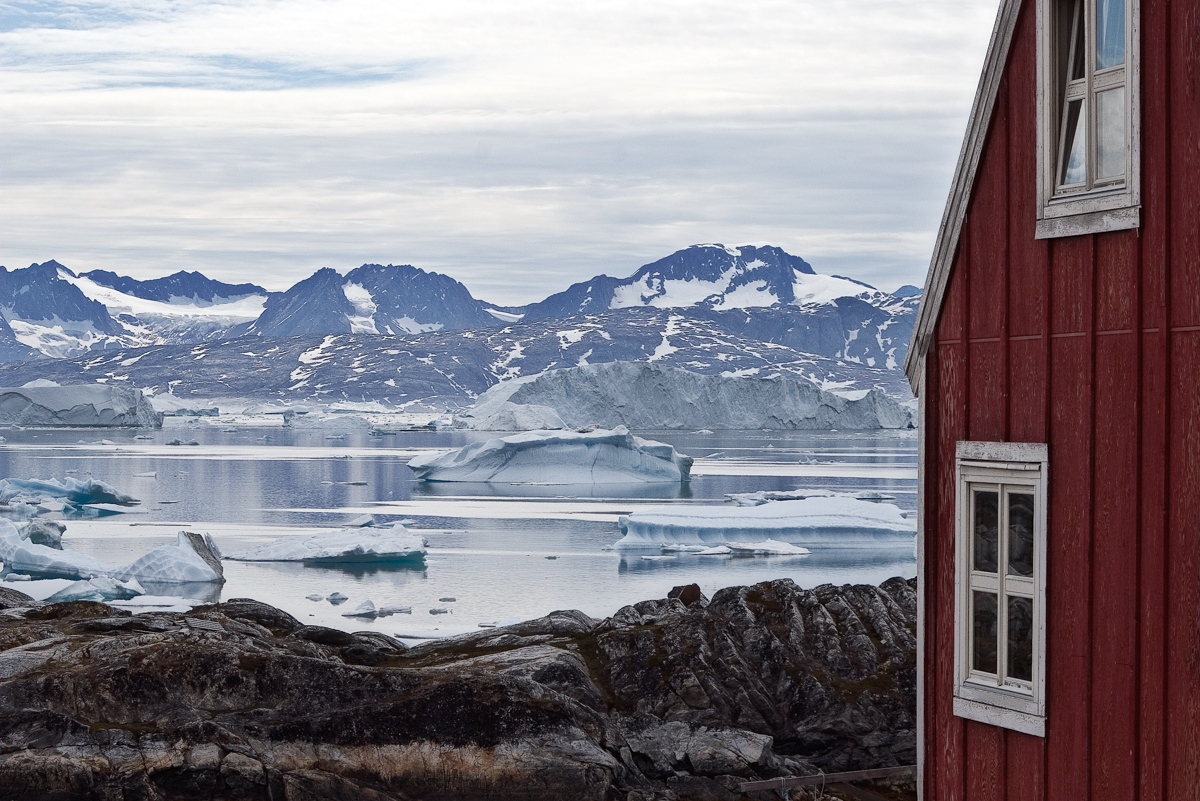
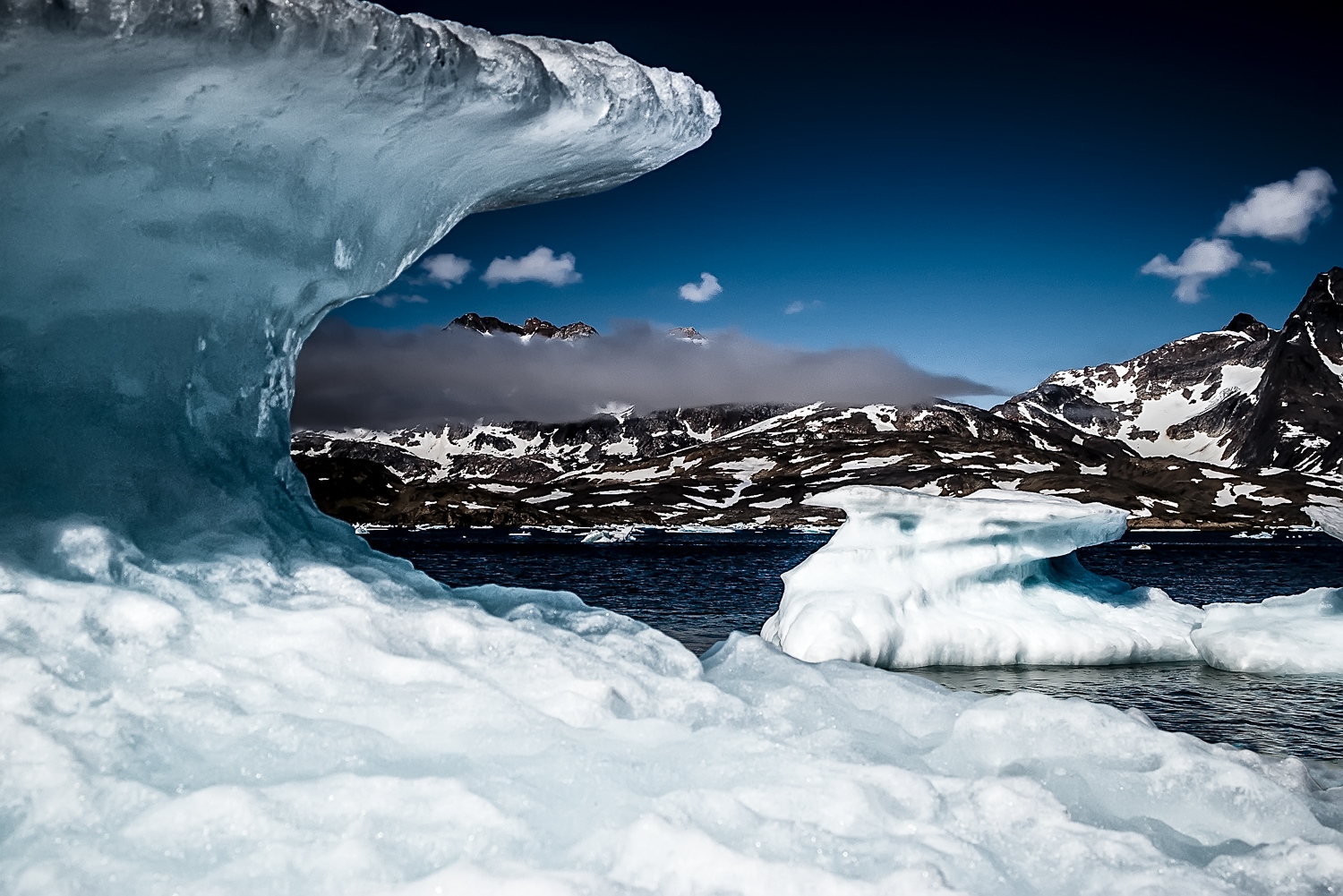
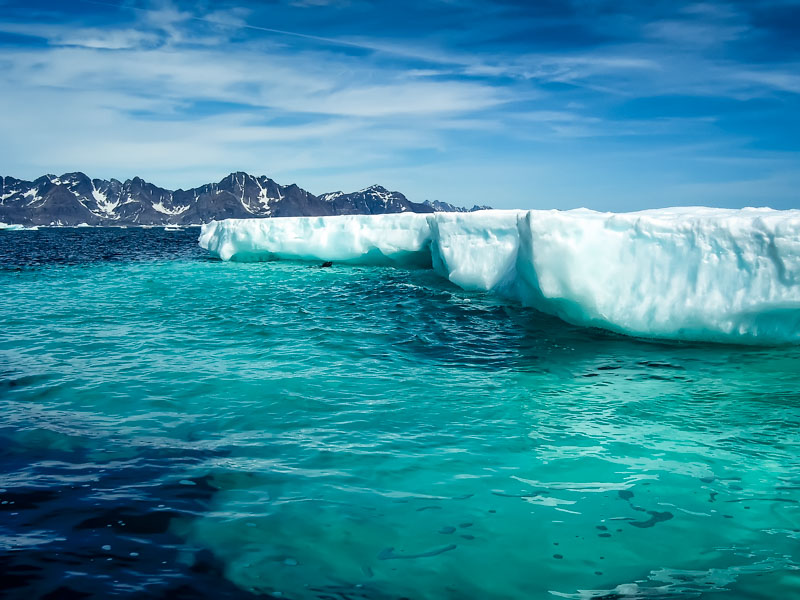

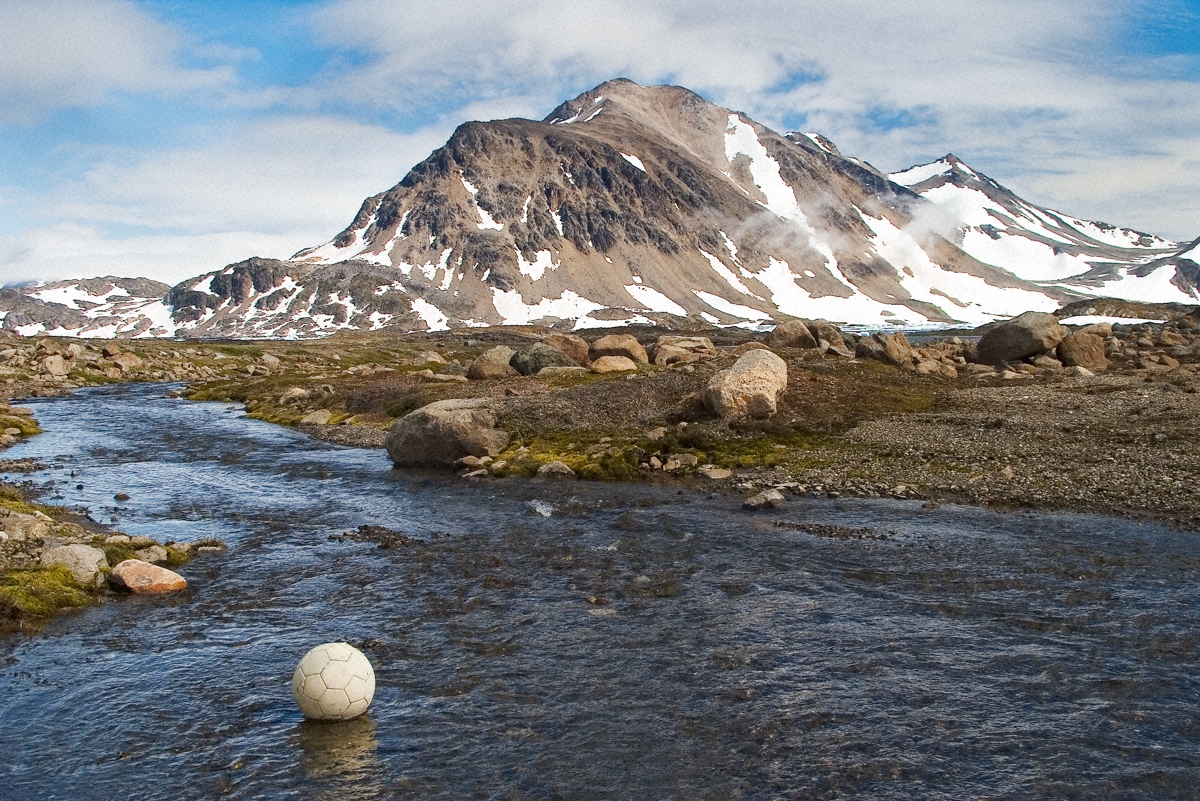


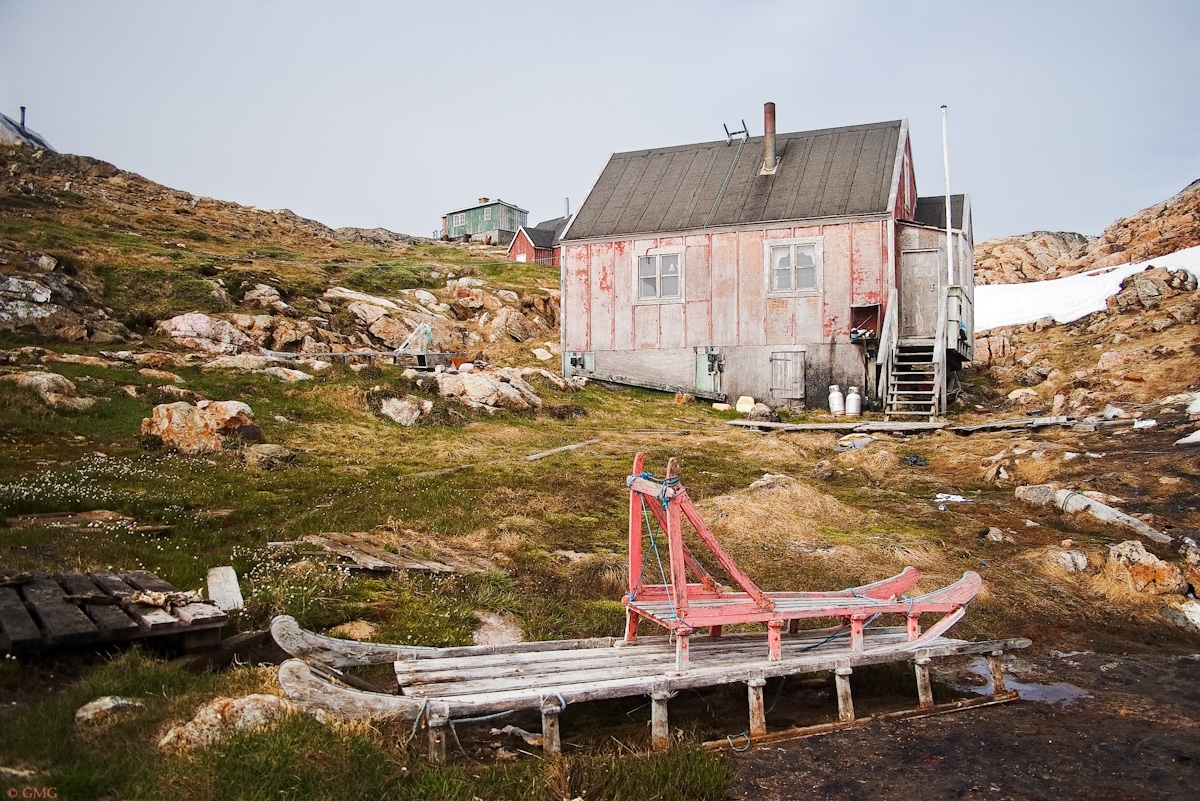
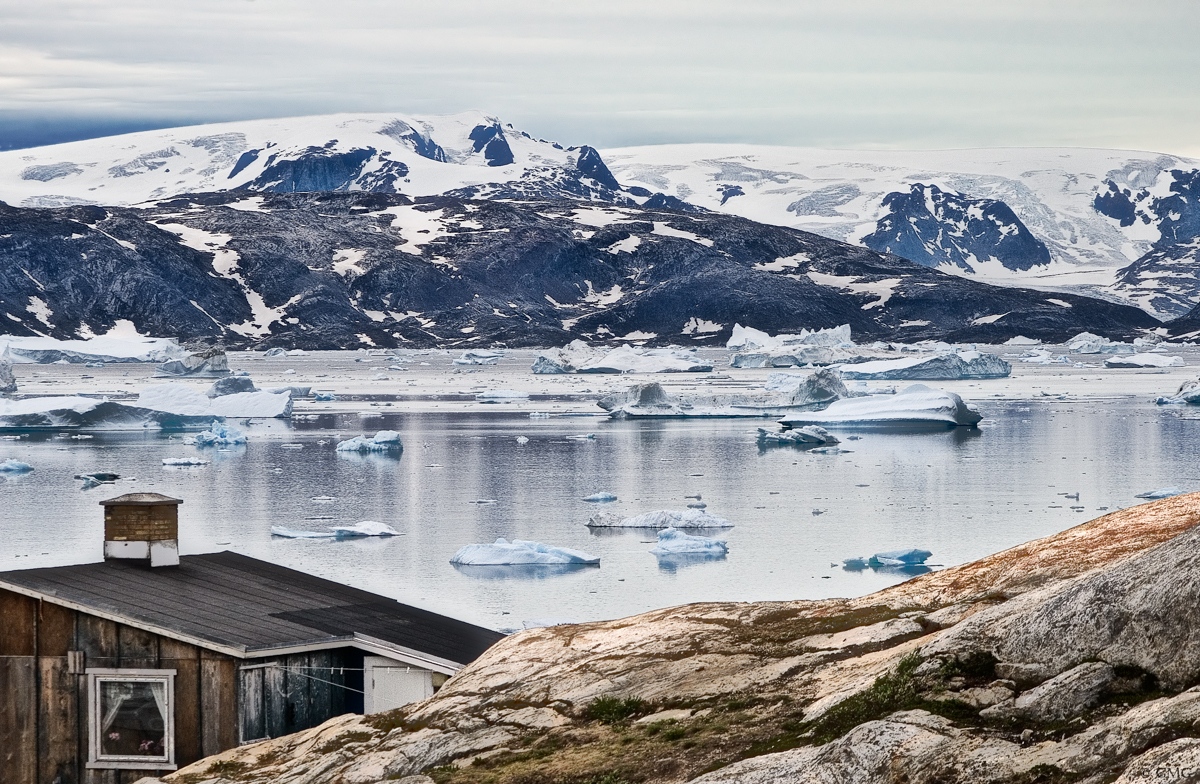
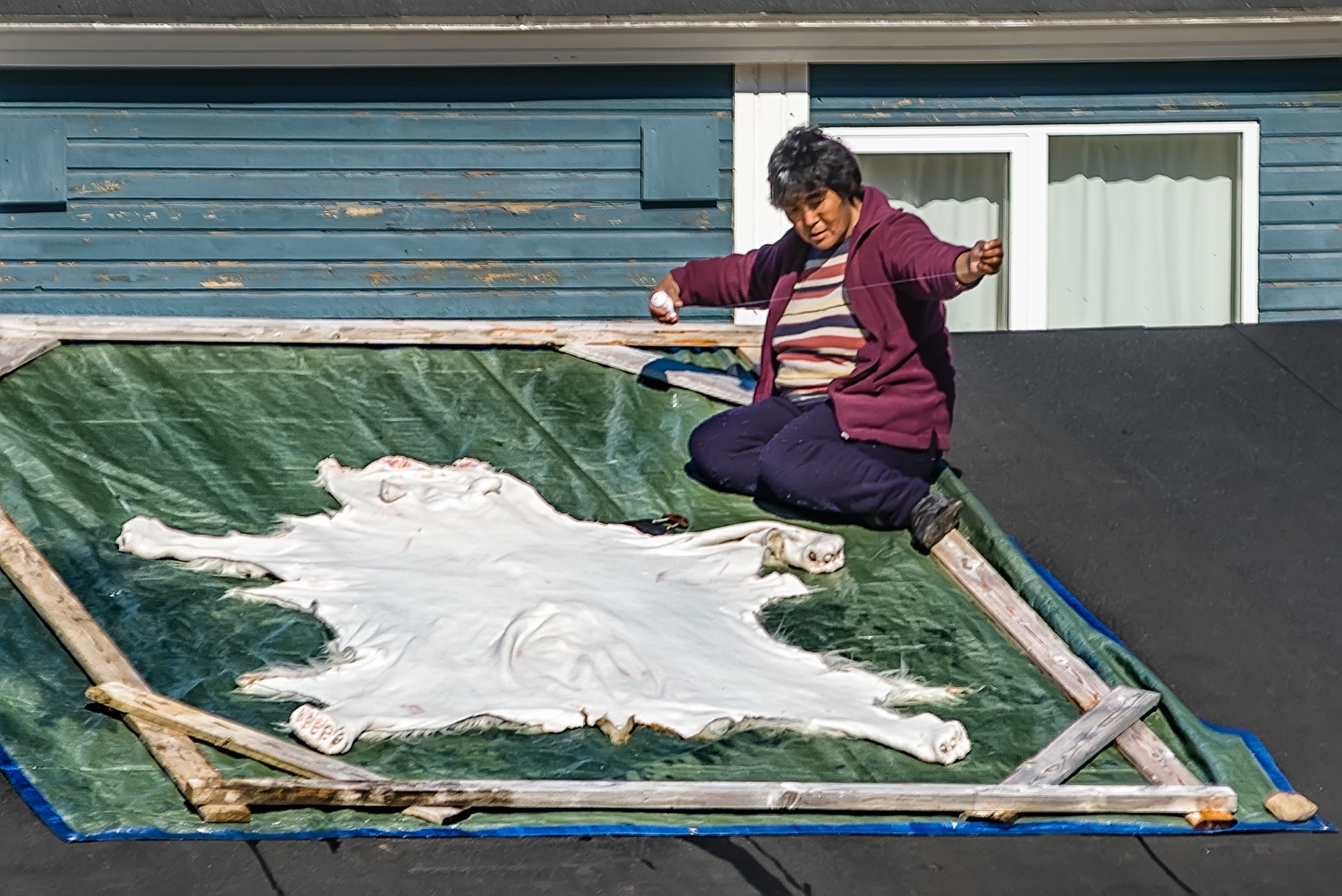


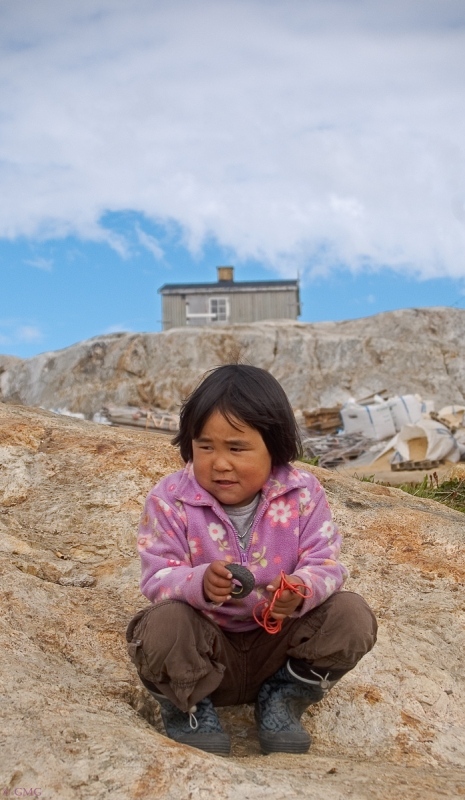
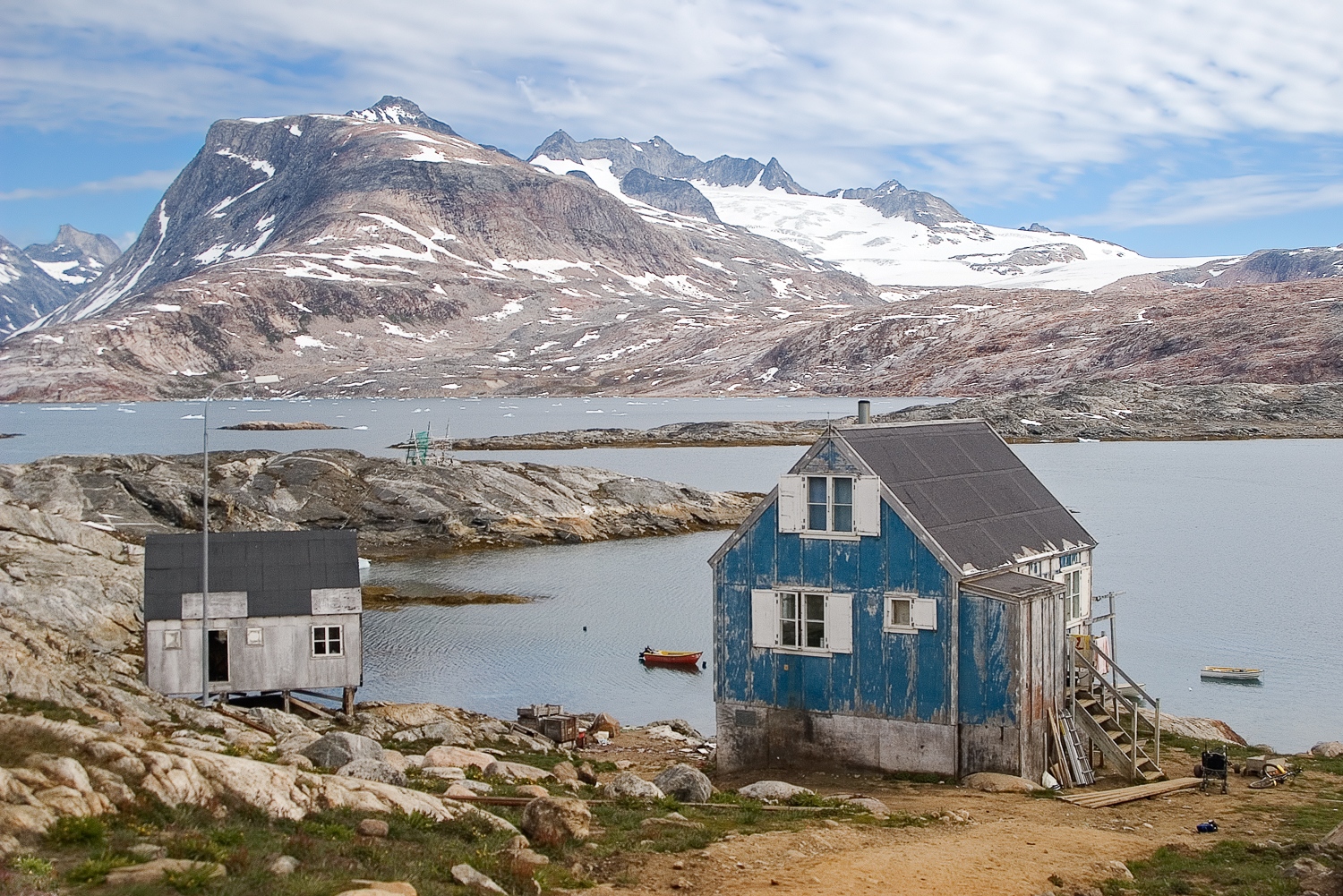

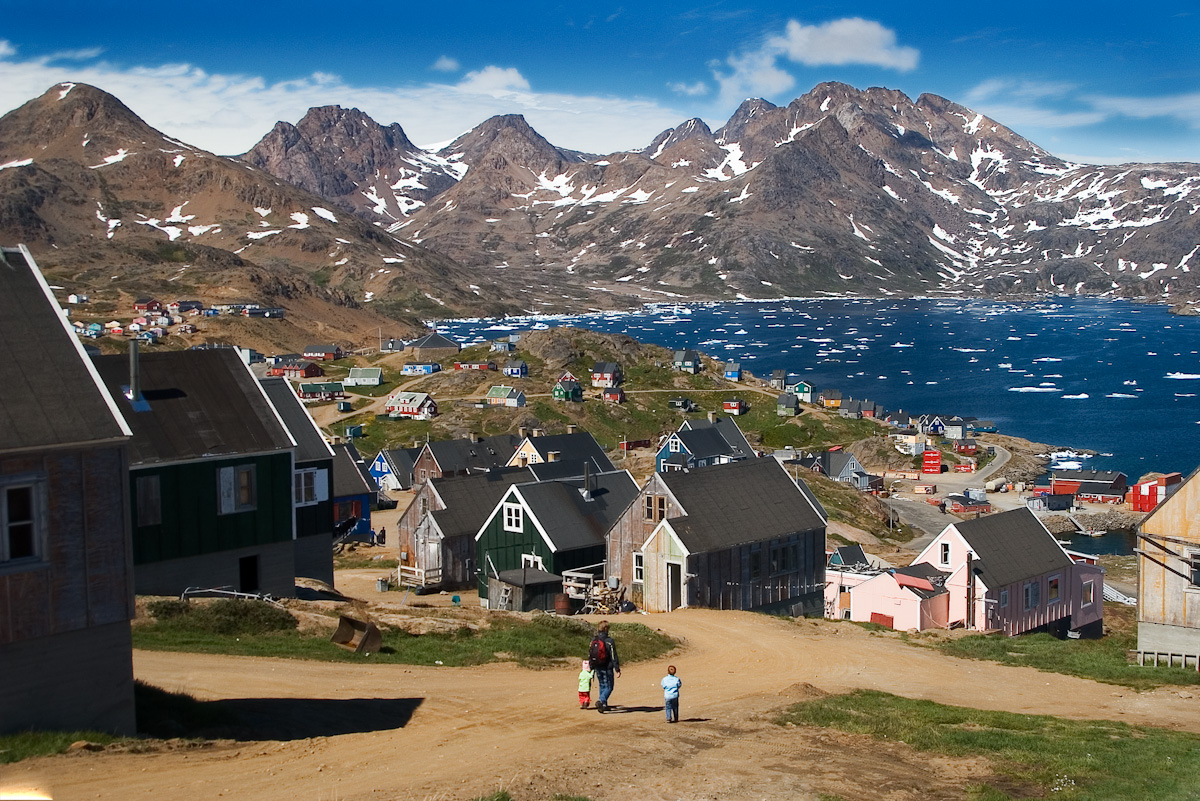
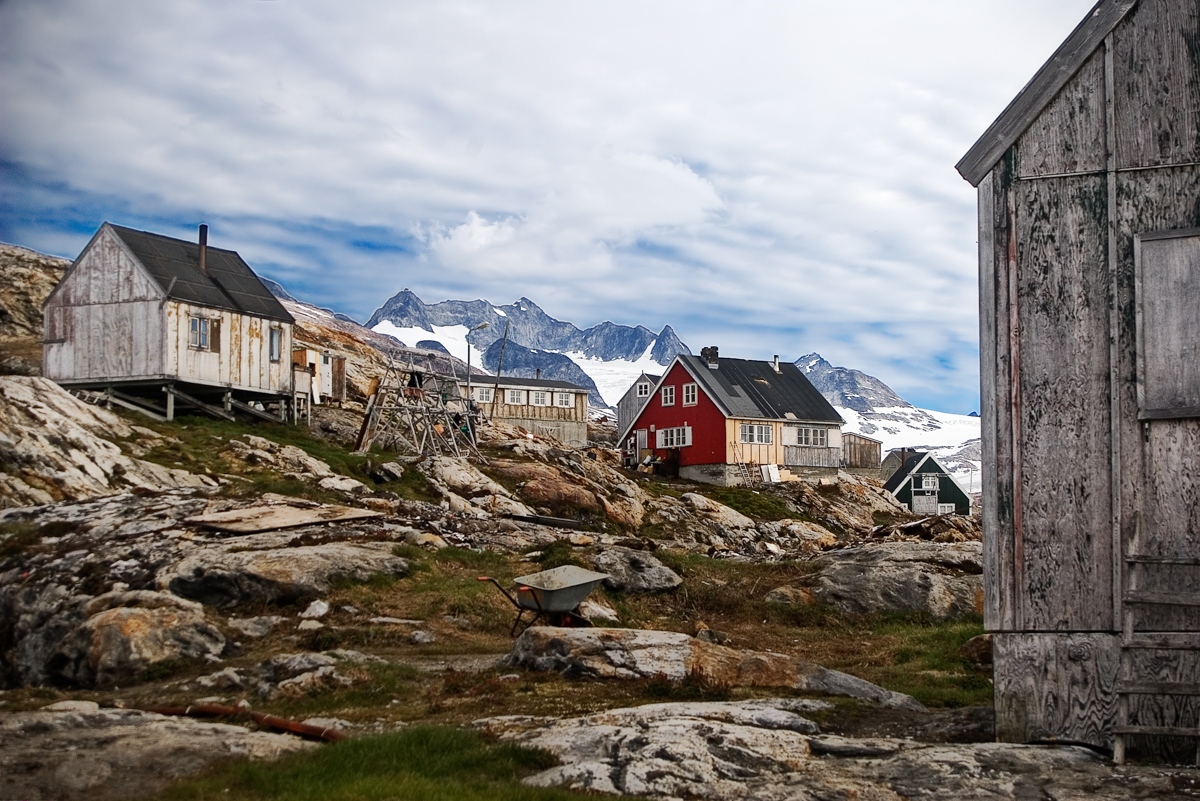
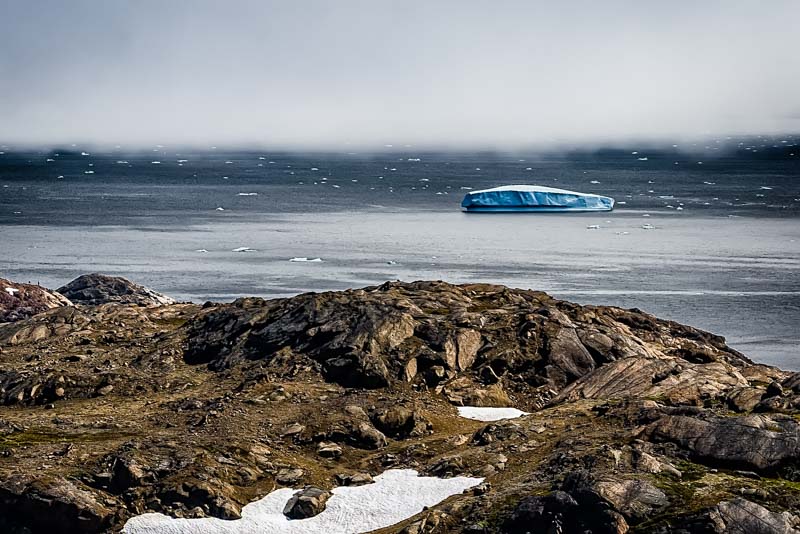
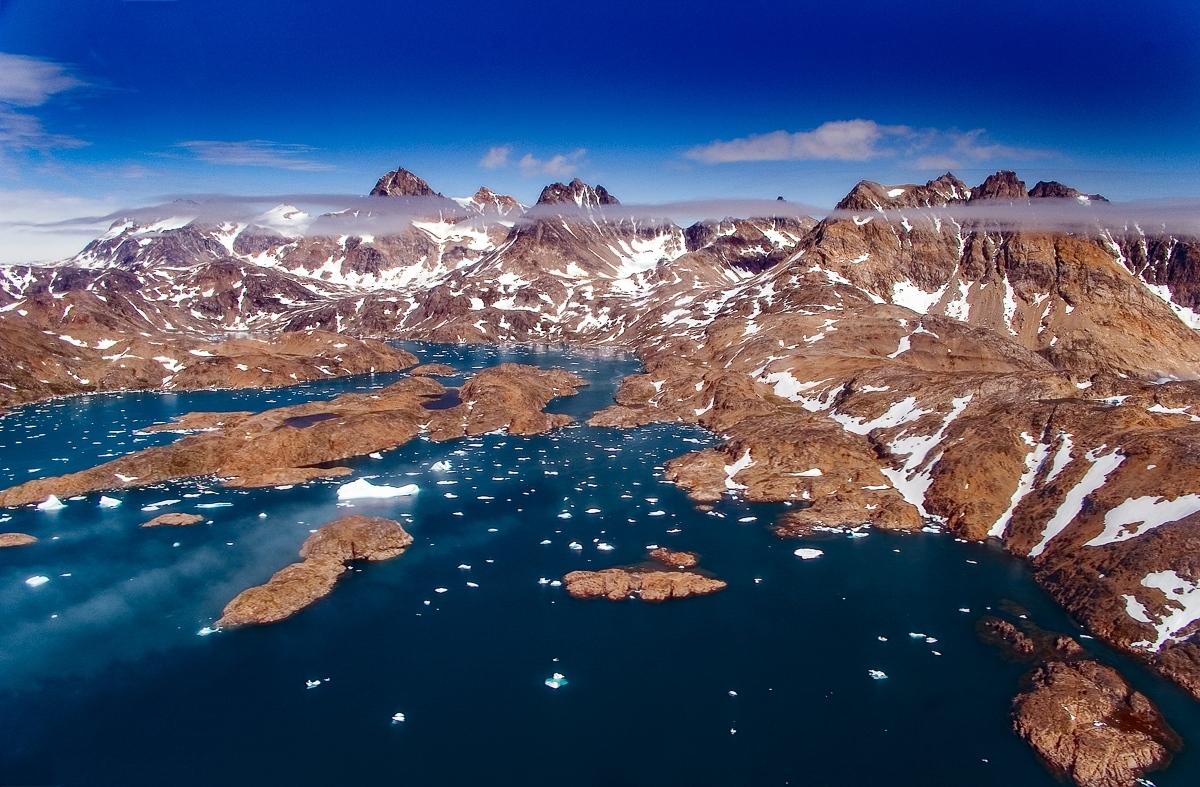
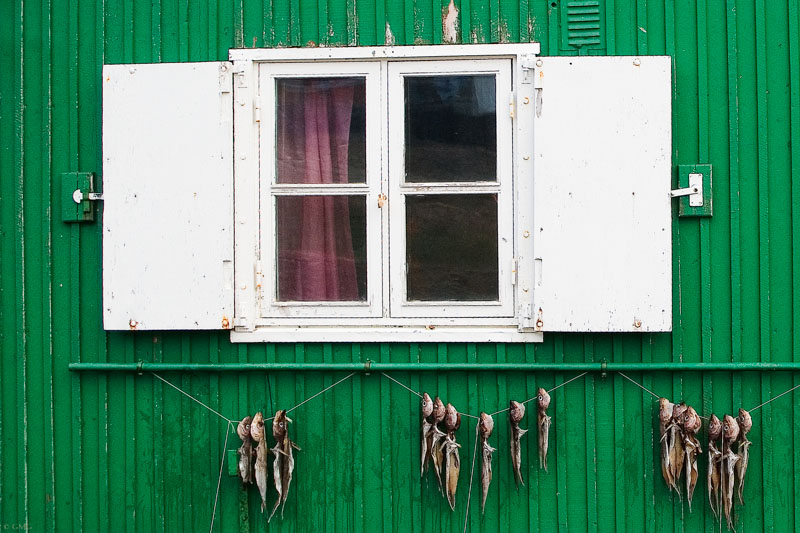
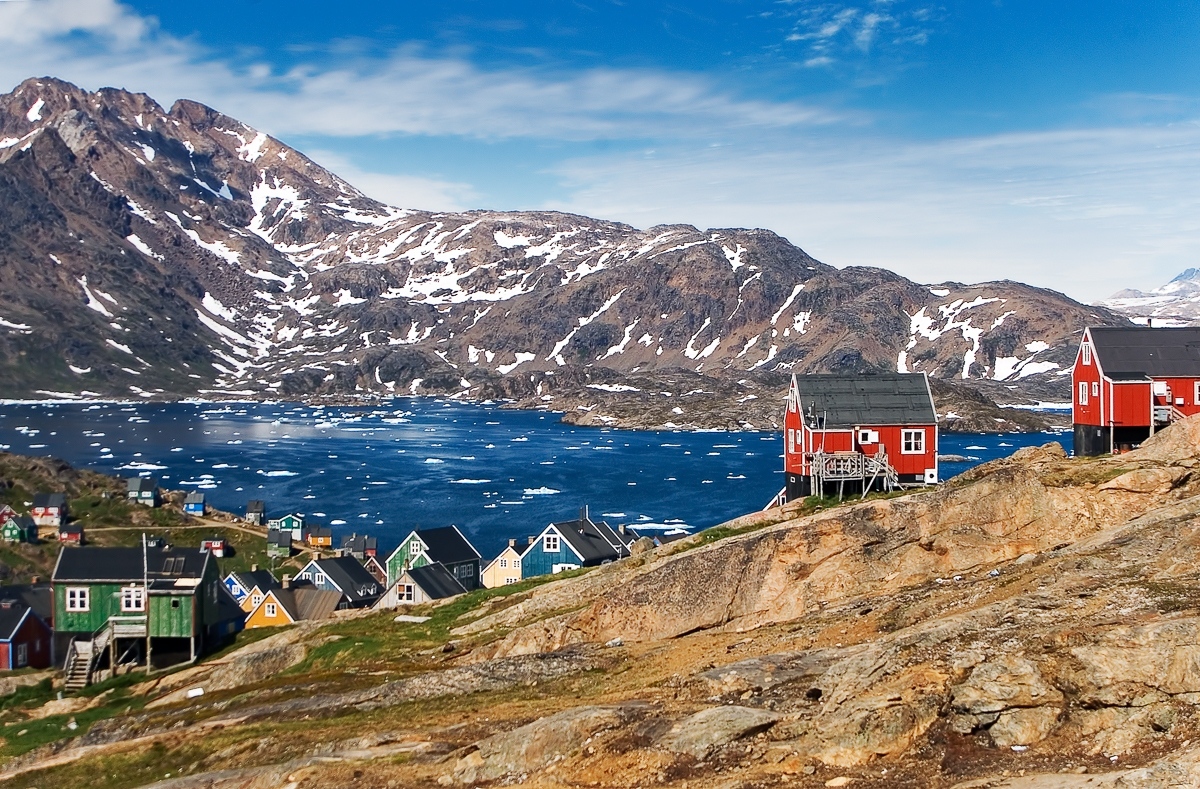
Fantastic post, beautiful photos:) Greetings
Thank you, Zielona!